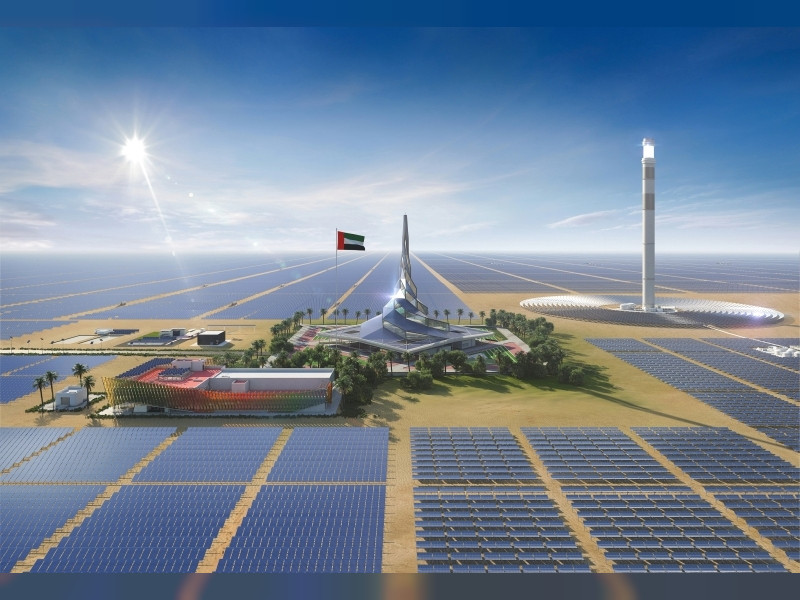
UAE supports, promotes renewable energy solutions in developing countries
The UAE has constantly promoted and utilised renewable energy solutions, and supported and financed developing countries to launch sustainable clean energy projects.
Since the capital, Abu Dhabi, was chosen to be the headquarters of the International Renewable Energy Agency, IRENA, the UAE has led in encouraging the use of renewable energy in many countries, through launching innovative initiatives and reinforcing the multilateral cooperation between the agency’s member states, to combat the challenges facing the use of renewable energy sources and promote sustainable development around the world.
The Abu Dhabi Fund for Development, ADFD, has contributed to financing renewable energy projects through joint financing agreements with the governments of many developing countries.
The UAE has allocated($350 million) IRENA/ADFD Project Facility, the AED183.6 million ($50 million) UAE-Caribbean Renewable Energy Fund (UAE-CREF), as well as the UAE-Pacific Partnership Fund, UAE-PPF, valued at AED183.4 million ($50 million).
The first cycle of UAE-PPF funding enabled the completion of small-scale solar and wind power projects in Kiribati, Fiji, Samoa, Tonga, Tuvalu and Vanuatu.
The UAE-Caribbean Renewable Energy Fund worth $50 million was launched in September 2016, and is the newest addition to the UAE’s international aid programme related to renewable energy.
It is also the largest investment in renewable energy in the Caribbean region and is the outcome of the partnership between the Ministry of Foreign Affairs and International Cooperation and the Abu Dhabi Fund for Development. It also completely finances the projects that are carried out by Masdar.
In 2018, three solar energy projects were launched in the Bahamas, Barbados and Saint Vincent in the Grenadines, under the framework of the UAE-Caribbean Renewable Energy Fund.
The total production capacity of the three projects amount to 2.35 megawatts of solar energy and a battery storage capacity of 637 kilowatts/h. These projects will save over 895,000 litres of diesel amounting to around $1.1 million annually. It will also prevent around 2.6 million tonnes of carbon dioxide from being produced.
The three stations were designed to resist wind speeds of up to 160 miles per hour along with the harsh weather conditions that the region faces during the tornado season.
WAM

























